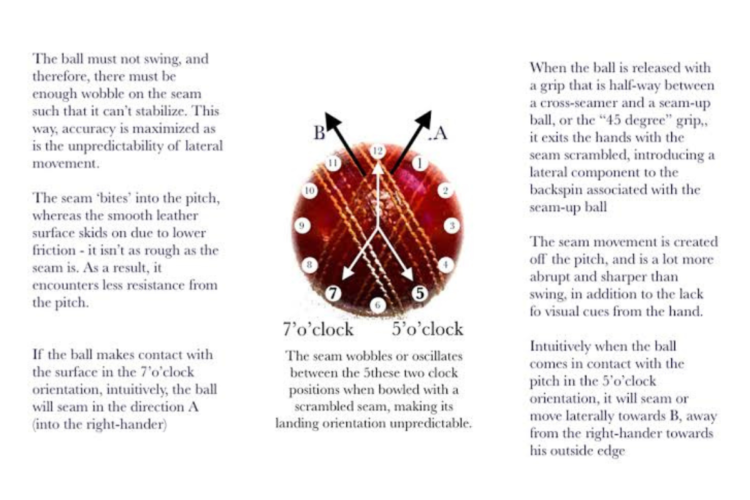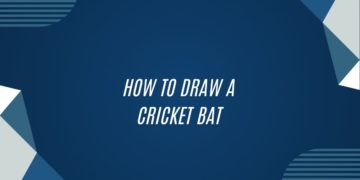Key Principles of Seam Bowling
Seam bowling is a craft that relies on the ability to extract movement off the pitch to trouble the batsmen. The key principle of seam bowling revolves around the seam of the cricket ball which, when positioned correctly, can influence the direction and degree of movement upon pitching. By landing the ball on the seam or angling the seam towards the desired direction, bowlers can generate swing, seam, or bounce, making it challenging for batsmen to predict the ball’s trajectory.
Another fundamental principle of seam bowling is the importance of grip and release techniques. The grip determines how the seam is positioned in the bowler’s hand, while the release dictates how the ball is delivered towards the batsman. Mastering the correct grip and release is crucial for seam bowlers to consistently achieve the desired movement off the pitch. Additionally, understanding the seam bowler’s role in the team’s bowling strategies and adapting to different pitch and weather conditions are essential aspects of successful seam bowling.
Understanding Seam Movement
Seam movement is a fascinating phenomenon in cricket that can be a game-changer for seam bowlers. When bowlers are able to consistently hit the seam on the pitch, it creates an unpredictable movement that can deceive batsmen and lead to wickets falling. This movement can occur both in the air and off the pitch, making it a valuable skill for bowlers to master.
The seam of the cricket ball is what causes it to move unpredictably, creating difficulties for batsmen. By understanding how to grip the ball effectively and position the seam correctly while bowling, seam bowlers can maximize their chances of generating movement. It is crucial for bowlers to pay close attention to the nuances of seam movement in different conditions, as factors such as pitch conditions, weather, and ball maintenance can all influence how the ball behaves off the pitch.
Grip and Release Techniques
When it comes to seam bowling, the grip and release technique are crucial aspects that can significantly impact the outcome of the delivery. The way a bowler holds the ball and releases it can influence the amount of movement generated off the pitch. To achieve optimal seam movement, bowlers should focus on finding a grip that allows them to maintain control over the seam position while keeping the wrist firm during the release.
Proper grip and release techniques can also help bowlers enhance their ability to generate swing and seam movement in different conditions. By experimenting with variations in grip and release, bowlers can discover the ideal combination that works best for them and enables them to exploit the conditions to their advantage. Developing consistency in grip and release techniques is essential for seam bowlers looking to deliver accurate and threatening deliveries consistently.
Adjusting Seam Position
Adjusting the seam position is a crucial aspect of seam bowling that can greatly impact the movement of the ball off the pitch. By manipulating the orientation of the seam while holding the ball, bowlers can influence whether the delivery swings in the air or deviates off the pitch. This adjustment is typically subtle and requires precision to achieve the desired effect.
Bowlers often experiment with different seam positions to find the optimal configuration based on the match conditions and their bowling style. A slight change in the angle of the seam can result in significant variations in swing and seam movement, making it essential for bowlers to adapt their technique accordingly. It is through consistent practice and understanding the nuances of seam position adjustments that bowlers can enhance their effectiveness on the field.
Bowling Strategies for Different Conditions
Bowling strategies vary significantly based on the pitch and weather conditions. In seaming conditions, where the ball moves off the pitch, a seam bowler should aim to pitch the ball up to let the seam do the work. Bowlers should focus on hitting the seam consistently to extract movement off the pitch and trouble the batsman.
Contrastingly, in dry and dusty conditions, where there is less assistance for seam movement, bowlers may opt for a different approach. In these conditions, bowlers could look to alter their grips to generate more revolutions on the ball, creating drift and dip in the air to deceive the batsman. Bowling tighter lines and practicing variations in pace can also be effective strategies in such conditions.
Utilizing Reverse Swing
Bowlers can effectively utilize reverse swing as a potent weapon to outfox batsmen and secure crucial breakthroughs. This advanced skill involves manipulating the rough side of the ball to create movement in the opposite direction to conventional swing. By maintaining the ball in optimal condition through careful management of shine and wear, bowlers can generate late swing that deceives batsmen and leads to wickets. Mastering the art of reverse swing requires patience, skill, and a deep understanding of conditions to exploit variations in air pressure and pitch characteristics. Bowlers can enhance their effectiveness by honing their ability to consistently deliver the ball at high speeds while maintaining control over swing and direction.
Developing Consistent Line and Length
To develop consistent line and length as a seam bowler, it is essential to focus on your bowling action and body alignment. Ensuring that your body is properly aligned towards the target and your bowling arm follows a smooth and coordinated action will help in maintaining accuracy. A balanced approach with a controlled run-up can also contribute to delivering the ball consistently in the desired areas.
Furthermore, it is crucial to pay attention to your wrist position while releasing the ball. A slight deviation in the wrist angle can significantly impact the direction and movement of the delivery. By practicing consistently and paying close attention to your wrist position during the release, you can improve your ability to hit the desired line and length consistently.
Tips for Seam Bowling Accuracy
For seam bowlers aiming to improve their accuracy on the pitch, focusing on a smooth and consistent run-up can make a significant difference. A controlled approach to the crease not only helps in maintaining balance but also ensures a more stable delivery stride, which is essential for hitting the desired line and length consistently.
Additionally, honing in on the alignment of the bowling arm and shoulder during the delivery stride can greatly contribute to accurate seam bowling. Keeping the bowling arm close to the body and the shoulders parallel to the target can aid in directing the ball precisely where intended. Practicing this alignment repetitively can help in developing muscle memory for better accuracy in seam bowling.
Training Drills for Seam Bowlers
One effective training drill for seam bowlers is practicing controlled run-ups and delivery strides. Focus on maintaining a smooth and consistent approach to the crease to ensure proper alignment and balance during the delivery stride. By honing this aspect of your technique, you can enhance your accuracy and control while executing seam movement effectively.
Another beneficial drill involves setting up target markers on the pitch to improve your ability to hit specific areas consistently. Aim to hit these markers with precision during your practice sessions, varying the length and line to mimic different match scenarios. This drill helps develop your line and length control, a crucial skill for seam bowlers looking to maintain pressure on batsmen and create scoring opportunities.
Common Mistakes to Avoid in Seam Bowling
One common mistake that seam bowlers often make is failing to pay attention to their wrist position at release. The wrist plays a crucial role in seam bowling as it imparts the necessary movement on the ball. If the wrist is not in the correct position at the point of release, it can result in poor seam movement or lack of control over the direction of the delivery.
Another mistake to avoid is bowling too short or too full consistently. Finding the right length is essential for a seam bowler to be effective. Bowling consistently short can make it easier for the batsman to predict the bounce and play off the back foot, while constantly pitching the ball too full can lead to being driven easily by the batsman. It is important for seam bowlers to find the right balance in their length to keep the batsmen guessing and create scoring opportunities.























